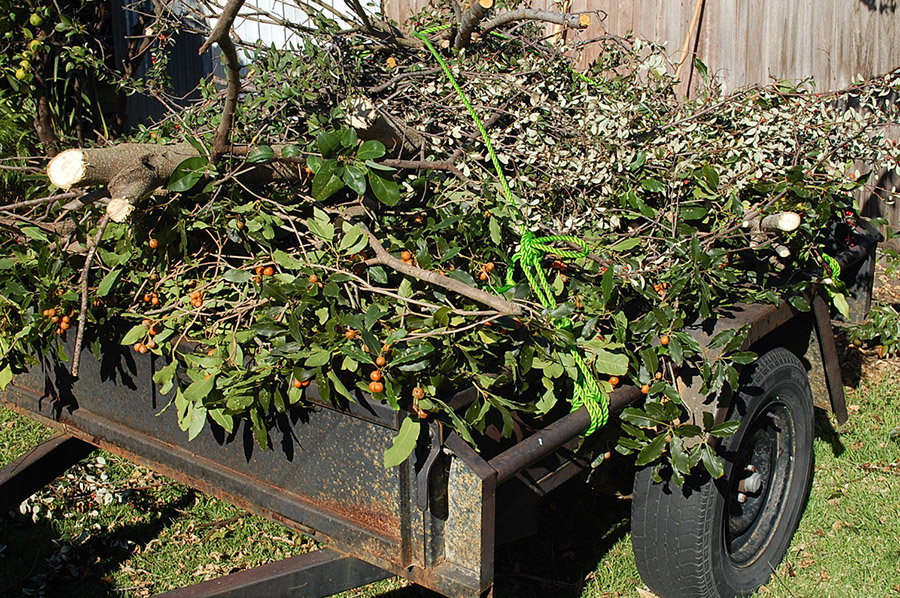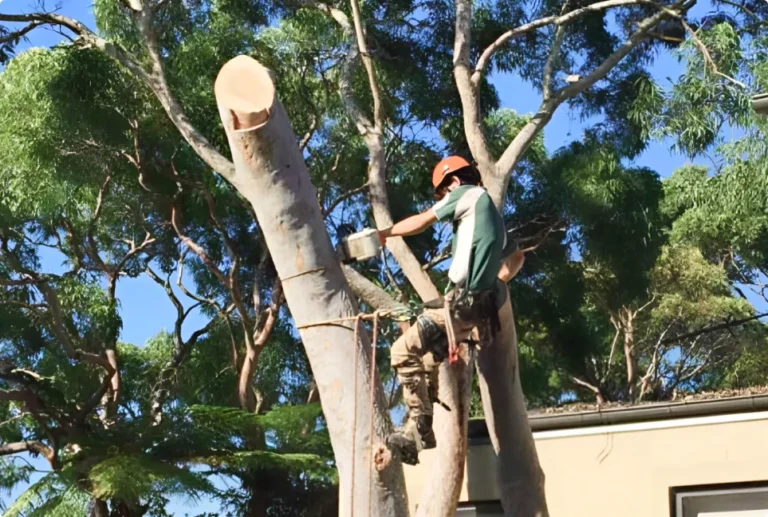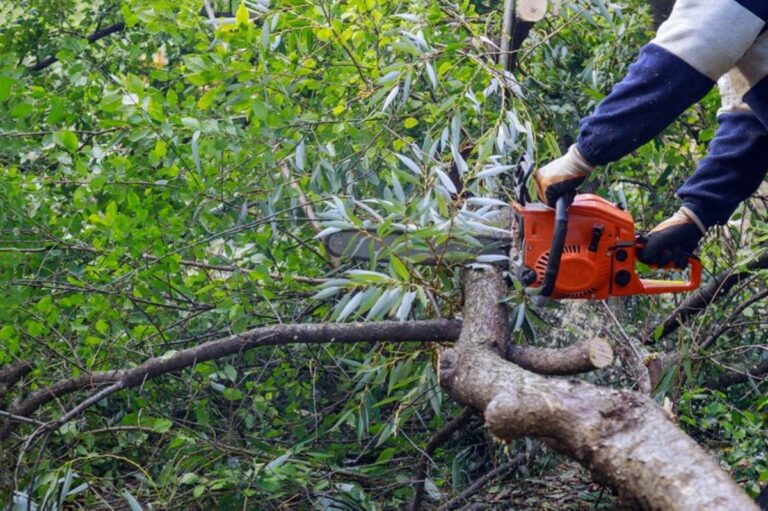Tree Lopping Sydney as a Case Study in Human–Nature Coexistence
What Is Tree Lopping and Why Is It Important in Sydney?
Tree lopping Sydney refers to the deliberate size reduction and reshaping of trees to manage growth, prevent hazards, and enhance visual appeal. In Sydney’s dynamic urban landscape, this practice plays a crucial role where human needs intersect with natural ecosystems.
Professional arborists offering tree lopping Sydney services provide comprehensive tree care that extends well beyond basic lopping:
- Tree pruning to remove dead or diseased branches
- Complete tree removal when specimens pose irreversible risks
- Stump grinding to eliminate tripping hazards and reclaim space
- Hedge trimming for boundary management and aesthetic consistency
The importance of tree lopping Sydney services in the city’s urban environment cannot be overstated. Trees in densely populated areas face unique stressors—limited root space, pollution exposure, and proximity to infrastructure. Without regular maintenance, they can quickly become safety liabilities instead of valuable environmental assets.
Urban tree maintenance Sydney addresses three fundamental priorities. Tree health improves through targeted pruning that removes competing branches and allows better air circulation. Safety increases when arborists eliminate weak limbs that could fall during storms. Aesthetic value rises as shaped trees complement architectural surroundings whilst maintaining their ecological functions.
This balance between preservation and intervention defines Sydney’s approach to urban forestry, where professional tree lopping enables coexistence between built environments and living vegetation.
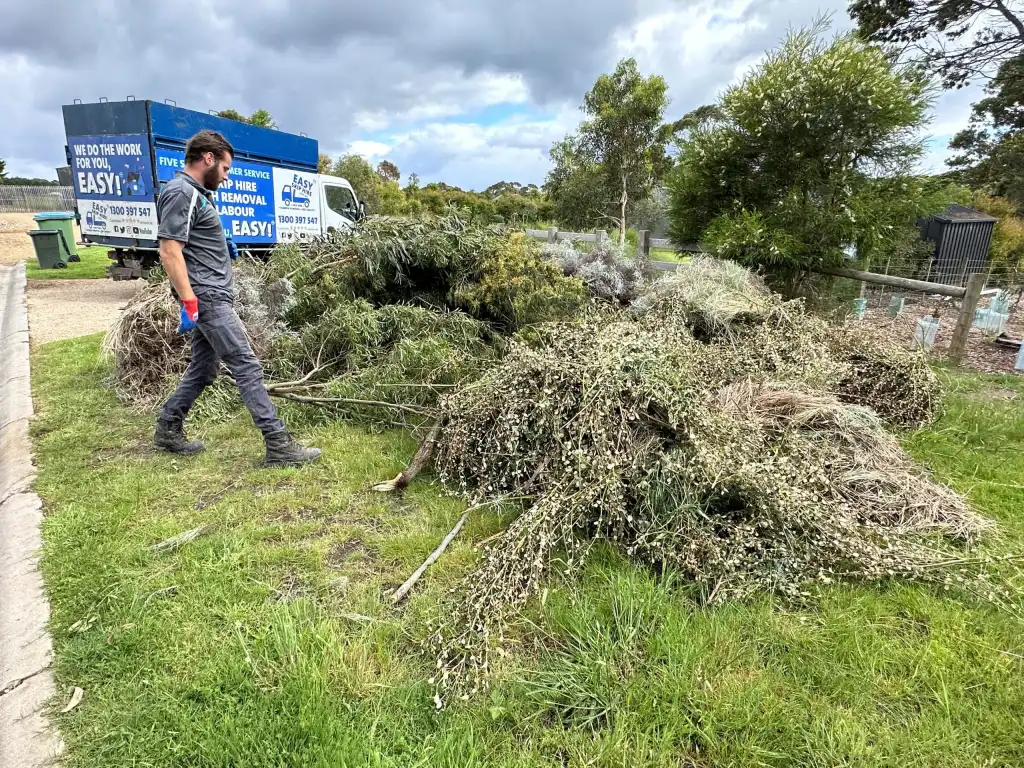
How Do Arborists Ensure Safety During Tree Lopping Operations?
Arborist safety protocols turn dangerous tree work Sydney into controlled operations through systematic risk assessment and protective measures. Professional tree services safety starts with checking the structural integrity, identifying weak branches, and mapping potential fall zones before any cutting begins.
The physical dangers require specialized responses:
- Falling branches weighing hundreds of kilograms need rigging systems with ropes, pulleys, and lowering devices to control descent paths
- Chainsaw operation at height requires harness systems, helmet protection, and continuous communication between ground crew and climbers
- Electrical hazards near power lines demand minimum clearance distances and sometimes coordination with utility companies
Qualified arborists complete certification programs covering climbing techniques, equipment inspection, and emergency procedures. Their toolkit extends beyond cutting tools to include:
- Personal protective equipment (helmets, eye protection, cut-resistant clothing, steel-capped boots)
- Aerial work platforms for stable elevated access
- Traffic management barriers when working near roads
- Drop zones cordoned with warning tape to exclude pedestrians
Property protection involves laying ground sheets to prevent lawn damage, installing padding on fences or structures near work areas, and positioning vehicles strategically to catch debris. Teams conduct pre-work briefings establishing hand signals, escape routes, and contingency plans should weather conditions worsen or equipment fail during operations.
What Legal Considerations Affect Tree Lopping in Sydney?
In Sydney, tree removal permits are required for most significant tree work on both private and public property. This means that property owners cannot just go ahead and cut down or heavily prune trees without first checking the regulations set by their local council.
The legal requirements for pruning trees can vary depending on several factors:
- The species of the tree
- The size of the tree
- The location of the tree
- Whether the tree is located within a conservation area or heritage zone
How Urban Forestry Regulations Protect Trees in Sydney
In Sydney, urban forestry regulations are in place to protect significant trees through Development Control Plans and Tree Preservation Orders. These regulations typically require council approval before removing or majorly pruning trees that exceed certain height or trunk diameter thresholds.
Additionally, native species and trees that hold ecological or cultural value are subject to stricter protection measures under these regulations.
Key Permit Requirements for Tree Work in Sydney
When applying for a permit for tree work in Sydney, it’s important to be aware of the key requirements that need to be fulfilled:
- Application Submission: You will need to submit an application along with arborist reports that provide details about the health of the tree and justify the proposed work.
- Waiting Periods: Councils usually have waiting periods of 21–28 days to assess applications.
- Potential Refusal: There is a possibility of refusal if the tree in question provides significant environmental or amenity value.
- Fines for Illegal Removal: Some councils in Sydney impose fines of up to $1.1 million for illegal tree removal.
How Professional Arborists Can Help with Tree Permits
Professional arborists can play a crucial role in streamlining the approval process for tree work. They can help by:
- Conducting pre-work assessments to determine the best course of action
- Preparing documentation that complies with council requirements
- Directly communicating with council officers to ensure smooth processing of applications
Arborists have a deep understanding of which exemptions apply to specific situations, such as emergency work on dangerous trees or routine maintenance pruning. This knowledge can save clients time and prevent costly legal violations.
Staying Informed About Changing Regulations
Experienced tree service providers understand the importance of staying up-to-date with changing regulations across different local government areas in Sydney. By maintaining current knowledge of these regulations, they can ensure that every job they undertake meets legal standards before any work begins.
For instance, Portland’s urban forestry code serves as an example of how local laws can dictate specific practices regarding tree management, including lopping, which could provide useful insights for similar practices in Sydney.
How Does Tree Lopping Contribute to Human–Nature Coexistence?
Tree lopping creates a practical framework where urban populations and natural ecosystems share space without compromising either. This human-nature balance allows Sydney’s green canopy to thrive whilst protecting residents from hazards that unchecked growth can create.
Professional arborists manage trees as living infrastructure that requires maintenance just like roads or buildings. Urban greenery management through strategic pruning preserves the shade, oxygen production, and habitat functions trees provide whilst preventing branches from threatening powerlines, roofs, or pedestrians below.
Storm-damaged trees present immediate dangers in densely populated suburbs. A weakened eucalyptus leaning over a family home or a split branch hanging above a footpath transforms from natural beauty into urgent threat. Rapid assessment and intervention by qualified professionals removes these risks whilst salvaging healthy portions of the tree whenever possible.
The ecological benefits of pruning extend beyond safety. Selective removal of diseased or crossing branches improves air circulation through the canopy, reducing fungal infections and pest infestations. This targeted approach maintains tree vitality rather than resorting to complete removal, preserving habitat for native birds and possums that depend on established trees.
Tree Lopping Sydney as a Case Study in Human–Nature Coexistence demonstrates how technical expertise transforms potential conflicts into sustainable relationships. Each pruning decision weighs public safety against ecological value, seeking solutions that honour both priorities rather than forcing a choice between them. This approach aligns with broader trends in urban forestry, which emphasize the importance of integrating ecological considerations into urban planning and development.
What Are the Benefits Perceived by Sydney Residents from Professional Tree Services?
Sydney homeowners consistently report enhanced property safety improvements as the primary advantage of engaging qualified arborists. Removing dangerous overhanging limbs, addressing structurally compromised trees, and clearing storm-damaged branches eliminates immediate threats to buildings, vehicles, and people. Professional assessment identifies risks invisible to untrained eyes—internal decay, root instability, or branches positioned to damage roofs during high winds.
Customer feedback tree services reveal strong appreciation for comprehensive service delivery beyond basic cutting. Residents value arborists who arrive promptly, complete work efficiently, and leave properties immaculate. The cleanup component proves particularly significant; removing debris, grinding stumps to ground level, and hauling away waste transforms what could be a disruptive project into a seamless experience.
Cost-effectiveness emerges as another key benefit in customer testimonials. Professional teams equipped with specialized machinery complete jobs faster and safer than DIY attempts, preventing expensive property damage or personal injury. The benefits of professional arborists extend to navigating permit requirements, saving homeowners time and potential legal complications.
Reliability distinguishes reputable tree service providers in Sydney’s competitive market. Customers emphasize the importance of clear communication, accurate quotes, and adherence to scheduled appointments. These operational qualities, combined with technical expertise, create trust between service providers and residents managing their urban forest assets.
How Does Tree Lopping Reflect Broader Urban Environmental Management Practices?
Tree lopping plays a crucial role in Sydney’s urban forestry strategies, showing how cities incorporate nature management into their planning. Professional arborists work within systems that align with council regulations, infrastructure development, and biodiversity conservation goals, making tree services vital for maintaining functional urban ecosystems.
Sustainable Tree Care Practices
The practice goes beyond simply removing or cutting down trees. Arborists evaluate each tree’s contribution to the urban canopy, taking into account factors such as carbon sequestration, air quality improvement, and habitat provision before suggesting any actions. This assessment process ensures that decisions prioritise long-term environmental health instead of short-term convenience.
Balancing Competing Demands
Managing green spaces in Sydney involves finding a balance between various conflicting needs:
- Preserving mature trees that offer shade and ecological value
- Controlling growth near power lines, buildings, and roads
- Removing hazardous trees while still maintaining overall canopy coverage
- Protecting heritage trees through careful pruning instead of removal
Coordinated Approach to Urban Environmental Management
Tree lopping is part of larger initiatives in Sydney’s urban environmental management that tackle issues like climate adaptation, stormwater management, and public space quality. Arborists collaborate with urban planners to determine which trees need intervention and which ones should be left alone, creating a managed landscape that benefits both humans and wildlife. This coordinated strategy elevates tree lopping from being just maintenance tasks into intentional actions that promote resilient and livable cities where nature and man-made environments thrive together.
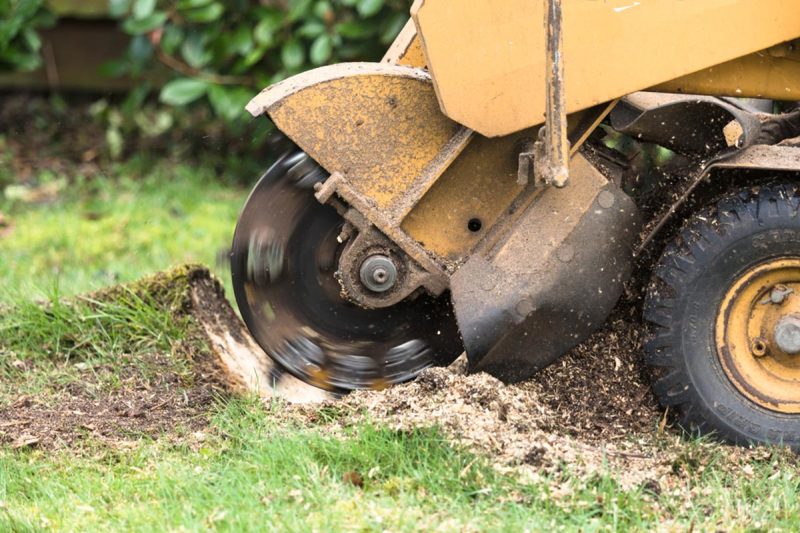
What Is the Future of Tree Management in Sydney Towards Sustainable Urban Forestry?
Sustainable urban forestry in Sydney is shifting towards data-driven tree management that prioritises both ecological health and human safety. Arborists increasingly use digital mapping and health assessments to make informed decisions about which trees require intervention versus preservation.
Emerging coexistence strategies Sydney is adopting include:
- Proactive maintenance schedules that prevent emergency interventions
- Native species prioritisation in replanting programmes
- Community education about tree value and proper care
- Integration of green infrastructure planning with development projects
Tree Lopping Sydney as a Case Study in Human–Nature Coexistence demonstrates how professional arborists serve as mediators between urban development pressures and environmental conservation. The industry is moving away from reactive removal towards preventative care that extends tree lifespans whilst maintaining safety standards.
Technology-enhanced risk assessment tools allow arborists to identify hazards earlier, reducing the need for drastic interventions. This evolution supports Sydney’s vision of a greener urban canopy that accommodates both thriving ecosystems and safe, functional public spaces where residents and nature coexist harmoniously.
Learn about: Community Perspectives on Sydney Tree Services and Environmental Stewardship
FAQs – Tree Lopping Sydney
Tree lopping is the intentional reduction and reshaping of trees to manage growth, improve safety, and enhance aesthetics. In Sydney, it balances urban development with ecological preservation.
Services extend beyond lopping and include pruning, complete tree removal, stump grinding, and hedge trimming to ensure safety, health, and visual appeal.
Qualified arborists follow strict safety protocols, including risk assessments, harness systems, controlled rigging, PPE, and traffic or pedestrian management near work zones.
Yes. Tree work often requires council permits, especially for significant, native, or heritage-listed trees. Violations can lead to fines of up to $1.1 million.
They conduct assessments, prepare compliant documentation, liaise with councils, and identify exemptions for emergency or routine maintenance work.
Lopping allows trees to provide shade, oxygen, and habitat while preventing hazards to people, powerlines, and structures, maintaining both safety and ecological functions.
Residents report improved safety, enhanced aesthetics, efficient and clean work, cost-effectiveness, and assistance navigating permit requirements.
It is part of Sydney’s urban forestry strategy, balancing public safety, heritage protection, biodiversity, and canopy coverage within city planning frameworks.
Arborists evaluate ecological contributions, apply selective pruning, prevent disease spread, and prioritize long-term tree health over short-term removal.
The city is moving towards data-driven, preventive urban forestry using digital mapping, proactive maintenance, native species prioritization, and community education to ensure safe and sustainable tree care.

